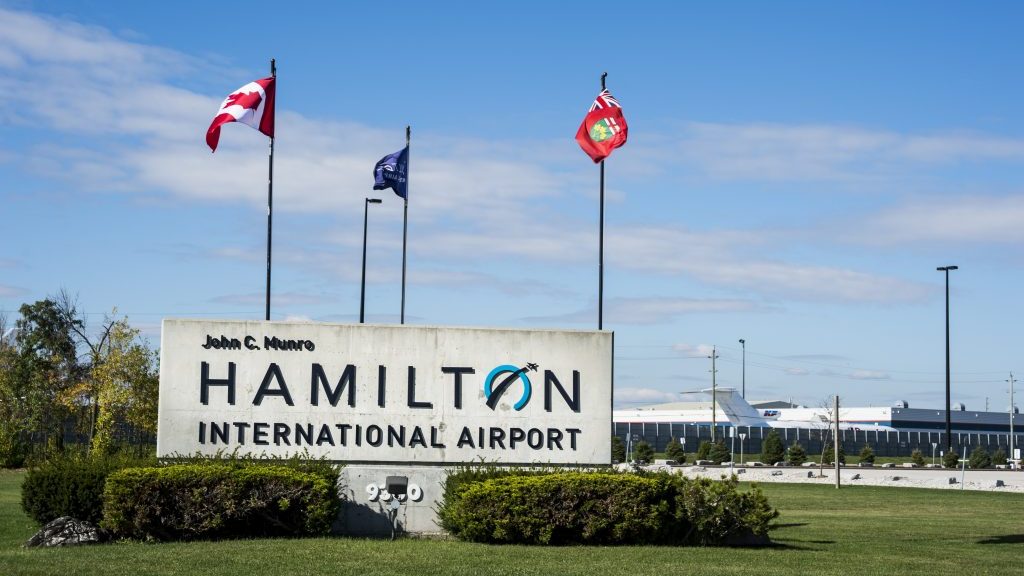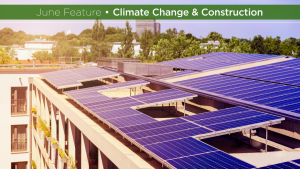A study released by the non-profit regional climate agency, The Atmospheric Fund (TAF), concludes that Hamilton had the highest per capita emissions in the Greater Toronto-Hamilton Area (GTHA) in 2017.
Reported to add up to about 19 tonnes per person, that compares to a GTHA average of 6.9 tonnes per person. Hamilton’s emissions from industry are named as the primary reason for the sizeable difference per capita between Steeltown and the neighbouring cities studied.
Industrial emissions in Hamilton are also rising. In 2017, they were 145,244 tonnes higher than in 2015.
The Carbon Emissions Inventory examined the geographic area that also includes Durham, Halton, Peel, Toronto and York regions and compared trackable greenhouse gas emissions from buildings, transportation, industry, waste and agriculture between 2015 and 2017.
The data compiled shows more needs to be done, and quickly, if governments are to meet their climate commitments.
We do not see any major new investments in this budget cycle that represent a response to this declaration
— Lynda Lukasik
Environment Hamilton
“Hamilton’s high industrial emissions are due to the steel plant,” said Bryan Purcell, TAF’s vice-president of policy and programs. “Hamilton is the only city/region in the GTHA to have a steel industry, and the steel industry is extremely energy and carbon intensive. Therefore, Hamilton’s industrial emissions can’t really be fairly compared to other regions. That said, there are options for reducing emissions from the steel industry, for example, recycling waste heat for other applications.”
The federal Liberals announced a climate action plan recently that promised to push Canada to become carbon neutral by 2050. In order to achieve that, it would take a seven-per cent emissions cut every year.
“There is a yawning gap between our ambitious climate commitments and the scale of climate action on the ground,” said Purcell, adding, “The GTHA is among the most successful and prosperous urban regions in the world. We have the talent, the financial capital, and the public support needed to be world leaders in climate action. What we don’t have is the time to dither.”
In order to achieve the ambitious goal, Trevor Imhoff, senior project manager, air quality and climate change for Hamilton, outlined city council’s direction after declaring a climate change emergency in the city in March 2019.
“City staff have formed a city-wide, multi-departmental Corporate Climate Change Task Force that thoroughly investigated Hamilton’s emission sources and prioritized goals, high-impact actions and areas of focus towards tackling climate change mitigation and adaptation. This report was approved by council on December 11, 2019. Hamilton staff have been directed by council to report back by the end of February 2020 on details on the workplans, including timelines and other measures for reporting back.”
Community-focused non-profit organization Environment Hamilton led the way in advocating for the Climate Change Task Force.
The organization is working towards a carbon-neutral city via secure local food sources, sustainable transportation, and healthy, clean air, water and land.
In response to the approximately $202.4 million Hamilton identified for consideration in its 2020 budget process for projects that help address climate change, Lynda Lukasik, Environment Hamilton’s executive director, pointed out it does not include any new commitments.
“This is the city simply outlining current spending plans that happen to be activities that will help the city to address the climate crisis through actions that will realize greenhouse gas emission reductions,” she said. “We do not see any major new investments in this budget cycle that represent a response to this declaration. We are facing a climate emergency and more needs to be done sooner rather than later.”
TAF’s study is a one-of-a-kind, comprehensive inventory that uses consistent methodology, data sources, and timeframes across all six GTHA municipalities to create a regional picture with municipal-level detail. It reveals that:
- 49.2 megatonnes of carbon emissions were emitted in 2017;
- 4.1 megatonnes were emitted in Durham, 3.8 in Halton, 10.4 in Hamilton, 10.6 in Peel, 14.0 in Toronto, 6.3 in York;
- 21 megatonnes were emitted from the buildings sector, 16.6 from the transportation sector, 9.3 from the industrial sector, 1.8 from the waste sector and 0.5 from the agricultural sector;
- 77 per cent of emissions came from the building and transportation sectors;
- Transportation emissions rose between 2015 and 2017, even on a per capita basis, due to more and bigger vehicles on the road being driven longer distances and sitting in traffic; and
- Overall, carbon emissions fell 3.4 per cent between 2015 and 2017 — or 1.7 per cent a year. Analysis suggests the drop is likely due to fluctuations in the weather, rather than governmental climate actions.
The report concluded that even if the present level of reduction is sustained, it won’t be enough to reach carbon neutrality by 2050. That would require average annual reductions of seven per cent.










Recent Comments